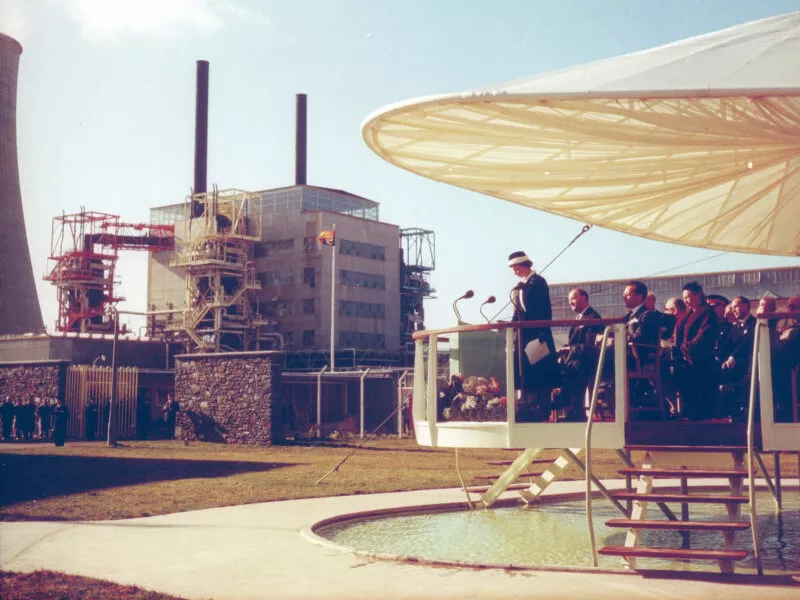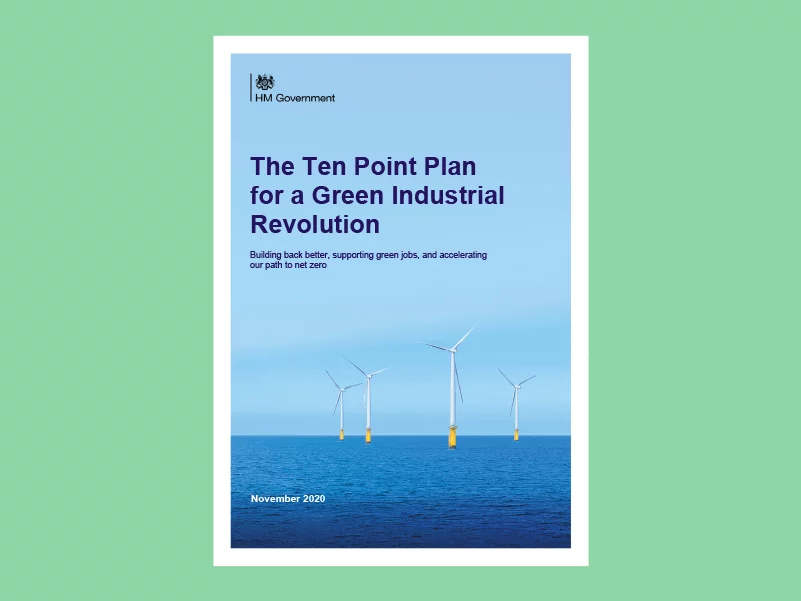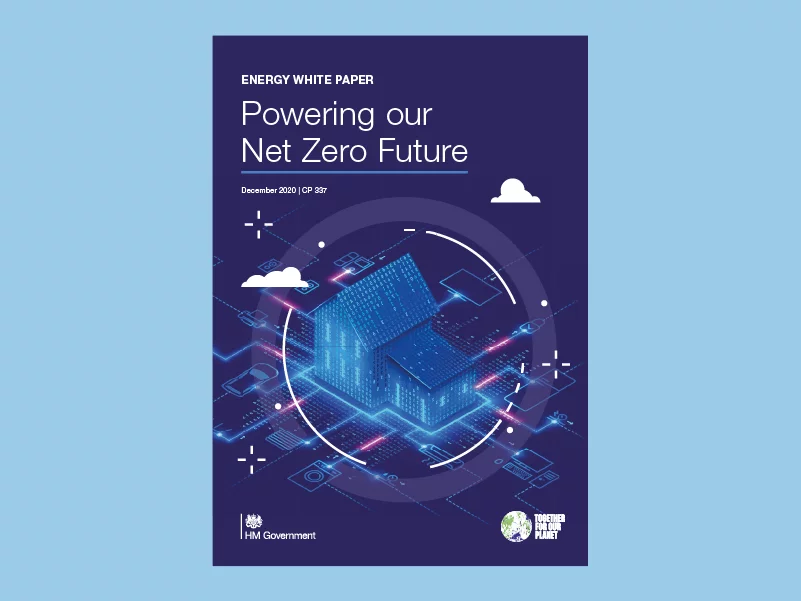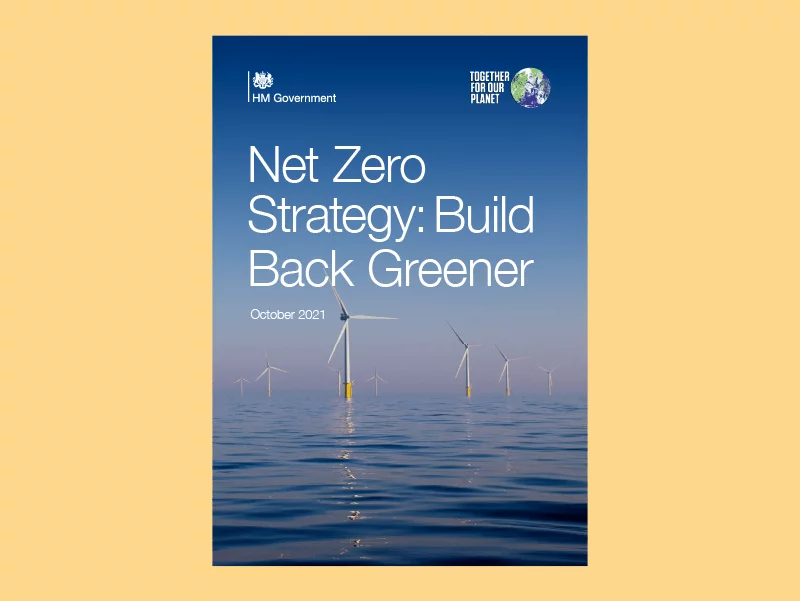Industry
UK Nuclear Policy



The UK Government is putting nuclear at the centre of its strategy to reach net zero carbon emissions by 2050, alongside renewables.
With the lowest lifecycle carbon footprint of all the energy sources, the Government has committed to continuing its development of large and small scale reactors.
This has been outlined in several key policy documents, including the 2020 Energy White Paper, the National Infrastructure Strategy, the Prime Minister’s 10 Point Plan for an Industrial Revolution, and most recently the Net Zero Strategy.

Nuclear in Britain
The UK has a long history in nuclear energy, having built the world’s first commercially operating nuclear power plant, Calder Hall, in 1956. Because of this leadership in the sector, the UK has vast expertise across the whole nuclear life cycle in fuel enrichment and manufacturing, construction, operations, decommissioning, and research and development.
Nuclear currently provides around 15-20% of the UK’s electricity, however, this share is due to fall because of retiring nuclear stations reaching the end of their working lives.
By the end of this decade, all but one of our existing fleet will be offline. With only one new plant in construction, Hinkley Point C, we face a short-term decline in clean generating capacity. This can only be replaced by nuclear.
While several challenges remain in delivering nuclear projects, the industry is committed to making new nuclear cost competitive, alongside with renewables.

Government backing for new nuclear
Ten Point Plan for a Green Industrial Revolution, November 2020
- The third point of the document was dedicated to delivering new and advanced nuclear power
- It announced that Government would consider providing development funding for large-scale nuclear projects
- A £385 million Advanced Nuclear Fund was announced, including £215m for Small Modular Reactor (SMR) development, and £170m for R&D on Advanced Modular Reactors (AMRs)
- A target was created of the early 2030s to deliver the first SMR and AMR demonstrators

Nuclear part of the UK's clean energy plans
Energy White Paper, December 2020
- The Government announced it wanted “at least one” large-scale nuclear project to reach Final Investment Decision (FID) during this Parliament, i.e. by May 2024
- On the same day the Government also announced it was entering advanced negotiations with EDF on Sizewell C
- The White Paper was accompanied by a separate modelling document which showed various scenarios which would
require up to 40GW of installed nuclear capacity by 2050 - It was announced that the Generic Design Assessment, the regulatory process which prospective nuclear reactors go through, would be opened to small reactors from 2021

Nuclear key to meet emissions targets
Net Zero Strategy, October 2021
- The Government announced a new £120m Future Nuclear Enabling Fund, with more detail coming in 2022 alongside a “roadmap for deployment”
- The scenario which saw the highest levels of electrification, which is in line with the Heat and Buildings Strategy, requires a significant amount of nuclear capacity by 2050, in excess of 30GW
